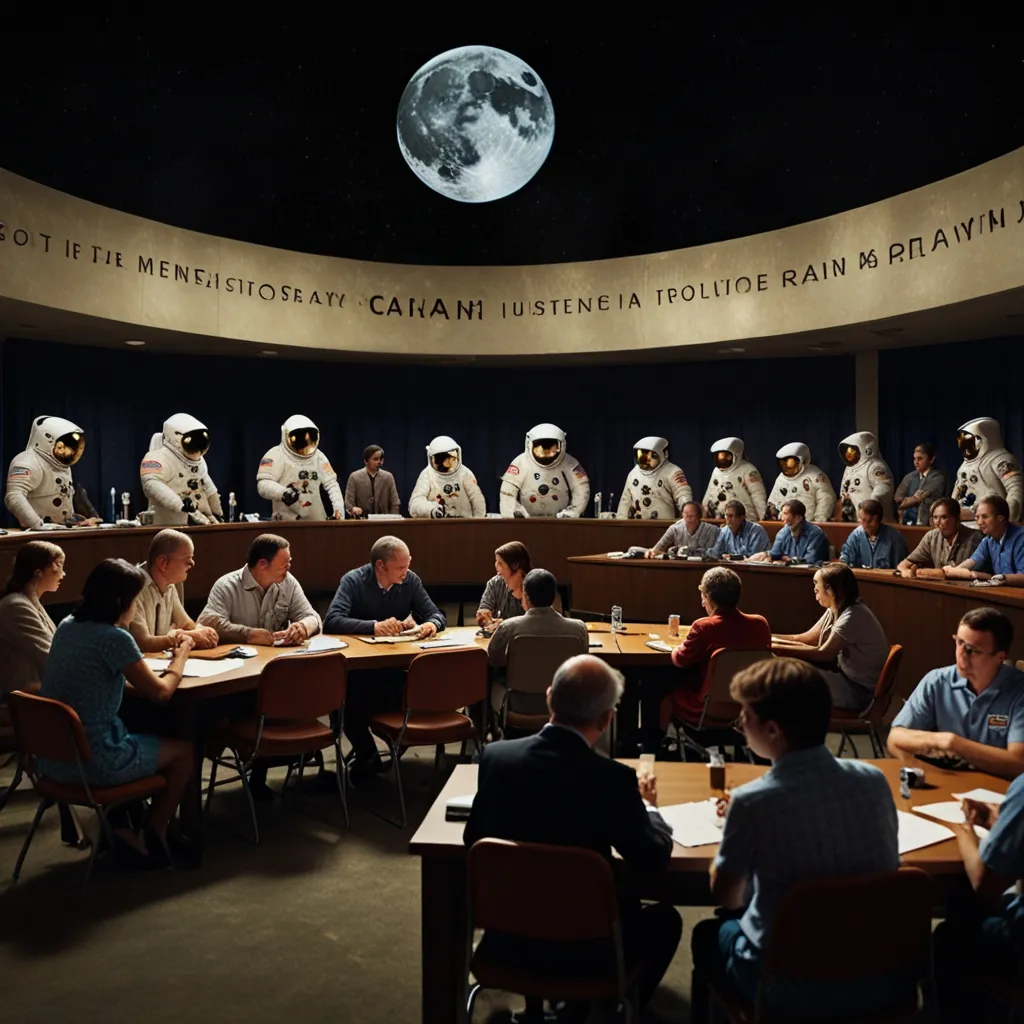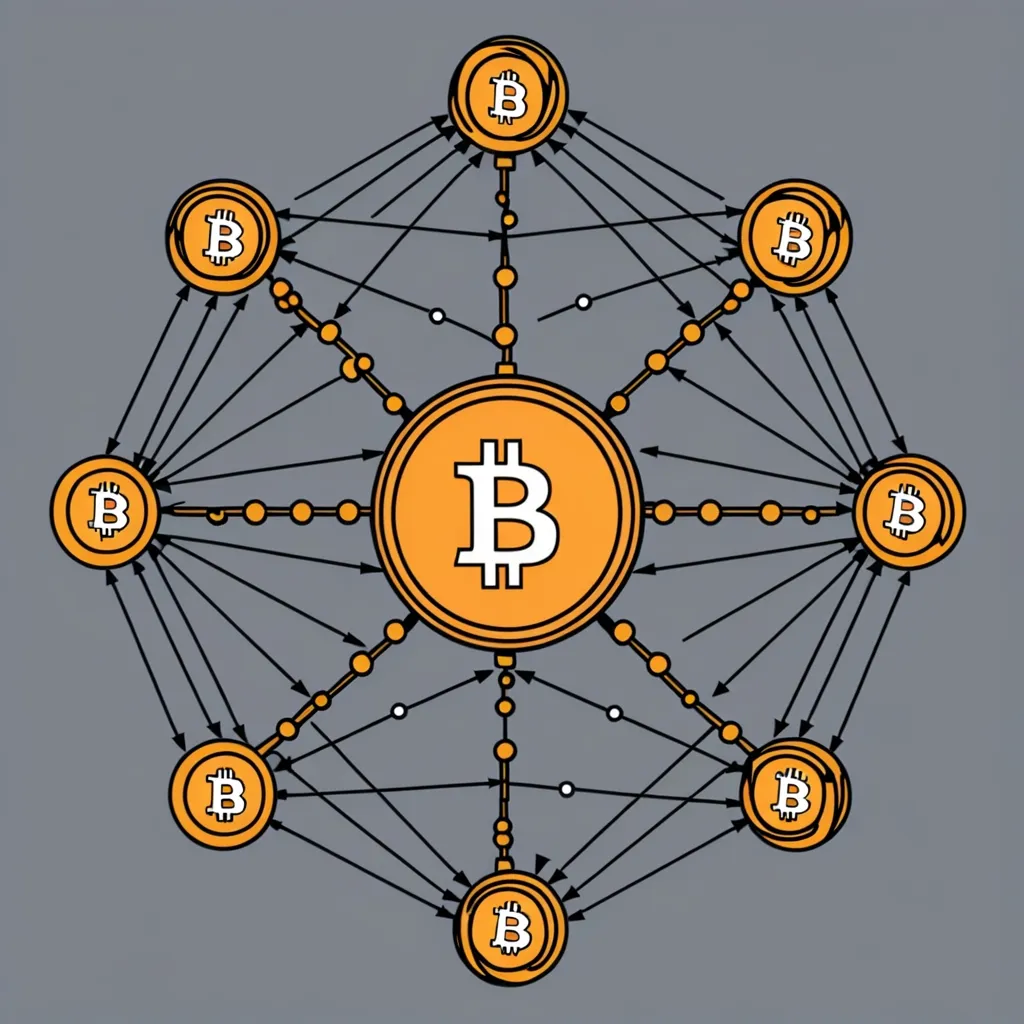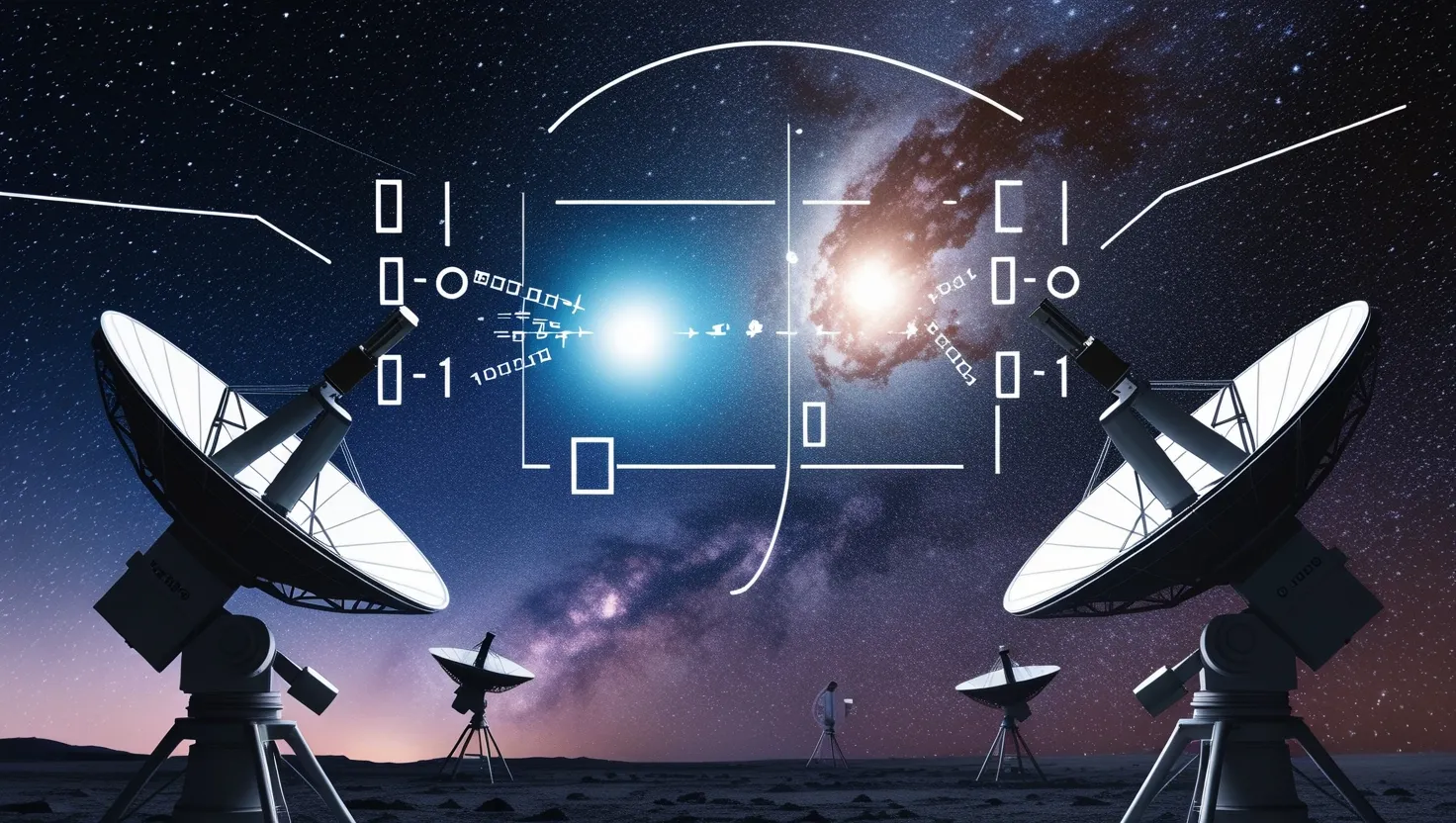The whole moon-landing hoax thing has stuck around ever since Apollo 11 touched down back in ‘69. Even though there’s tons of evidence proving it happened, some folks can’t shake the idea that it was all a big scam. This idea found life thanks to a mix of misinformation and pop culture’s touch.
A guy named Bill Kaysing was one of the big names who pushed the hoax theory early on. He wrote this little pamphlet called “We Never Went to the Moon,” arguing that the tech just wasn’t there. His stuff was all based on dodgy copies and wild claims, but somehow it found a crowd that believed it.
In the late ’70s, a movie called “Capricorn One” hit the screens, showing a faked Mars landing which helped fuel the fire of the moon conspiracy. Even James Bond had a little joke about faking moon landings in the movie “Diamonds Are Forever,” just a couple of years after the real deal.
TV shows jumped on the bandwagon too, with “The X-Files” diving deep into conspiracy territory in the ’90s and 2000s, even bringing it back in their 2018 reboot. Shows like “Futurama” and “Friends” also took a stab at the moon-hoax theory, mostly for laughs.
Despite scientists shouting from the rooftops that it’s all nonsense, a surprising number of people still buy into it. Surveys show around 5% of Americans think the landings were faked—that’s over 16 million people! In the UK, one in six folks seem to think the same.
The internet has been a major player in keeping the moon-hoax theory alive. Social media and forums give conspiracy theorists a platform to spread their ideas. Just check out the subreddit r/moonhoax for all kinds of wild theories and debates.
One popular claim is that the shadows in moon photos don’t line up right, hinting at a studio setup. But this crumbles when you look at how perspective and light behave on the moon’s bumpy surface. The shadows aren’t parallel because the ground is uneven and the sun’s angle is pretty low.
Another claim is the missing stars in the astronauts’ photos. Turns out, the cameras were set up to capture the bright surface of the moon, making stars too faint to show up. So, no stars doesn’t mean it’s fake.
People also argue that the footprints on the moon should be more pronounced given the low gravity. But the moon’s fine dust surface actually holds the footprint shape nicely without collapsing, making that argument fall flat.
NASA’s got piles of proof backing the moon landings. For starters, there are the 382 kg of moon rocks they brought back. Scientists worldwide have checked them out, and they’re full of stuff unique to the moon. Plus, there’s a laser ranging retroreflector they left up there, still helping measure the moon’s distance from Earth today.
And if that’s not enough, pictures from the Lunar Reconnaissance Orbiter show the tracks and lunar module leftovers on the moon, clear as day.
In short, the moon-landing hoax theory is just that—a theory without legs. It’s been busted over and over with solid proof. But, it keeps finding new believers, mostly thanks to misinformation and a bit of fun from pop culture. The real moon landings were an epic achievement in space history, and the evidence backing them is rock-solid.






